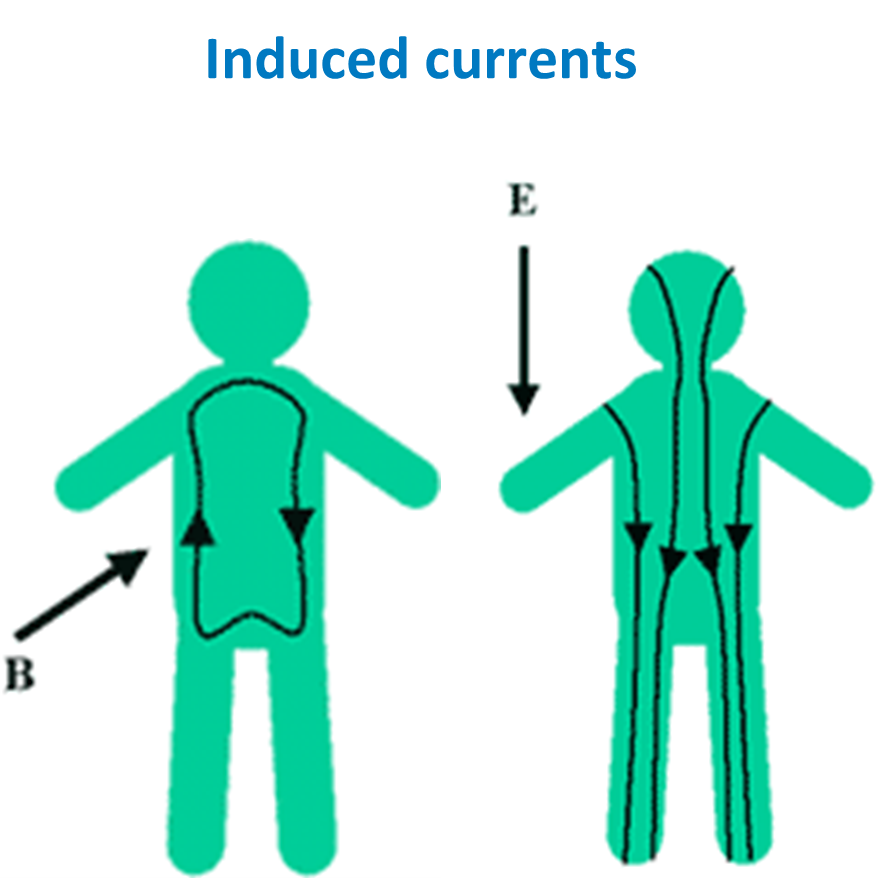UK public safety limits
The UK has a carefully thought out set of exposure limits and policies for protecting against electric and magnetic field exposure.

Exposure limits
ICNIRP have set specific EMF exposure limits to prevent established or known effects of EMFs. At high levels, EMFs can cause induced currents to flow in the body, which if high enough can interfere with nerves. These effects are well understood, and the exposure limits are in place to prevent these occurring.
Precautionary policies
There has been a lot of research investigating the potential health effects of exposure to EMFs below the exposure limits. The research investigates concerns that chronic exposure to levels of EMFs, similar to those produced by overhead lines and appliances may have adverse health effects.
Despite over four decades of research and hundreds of millions of pounds of investment, no health effects have been proven below the exposure limits. There is some uncertainty around one particular disease: childhood leukaemia. To address that uncertainty, the Government introduced a precautionary measure into UK policy which was optimum phasing of overhead lines.
Indirect effects
As well the direct effects that the exposure limits protect against, EMFs can, in some circumstances have indirect effects. These indirect effects include effects on equipment, medical devices, and microshocks. There is guidance in place to protect against these known indirect effects.